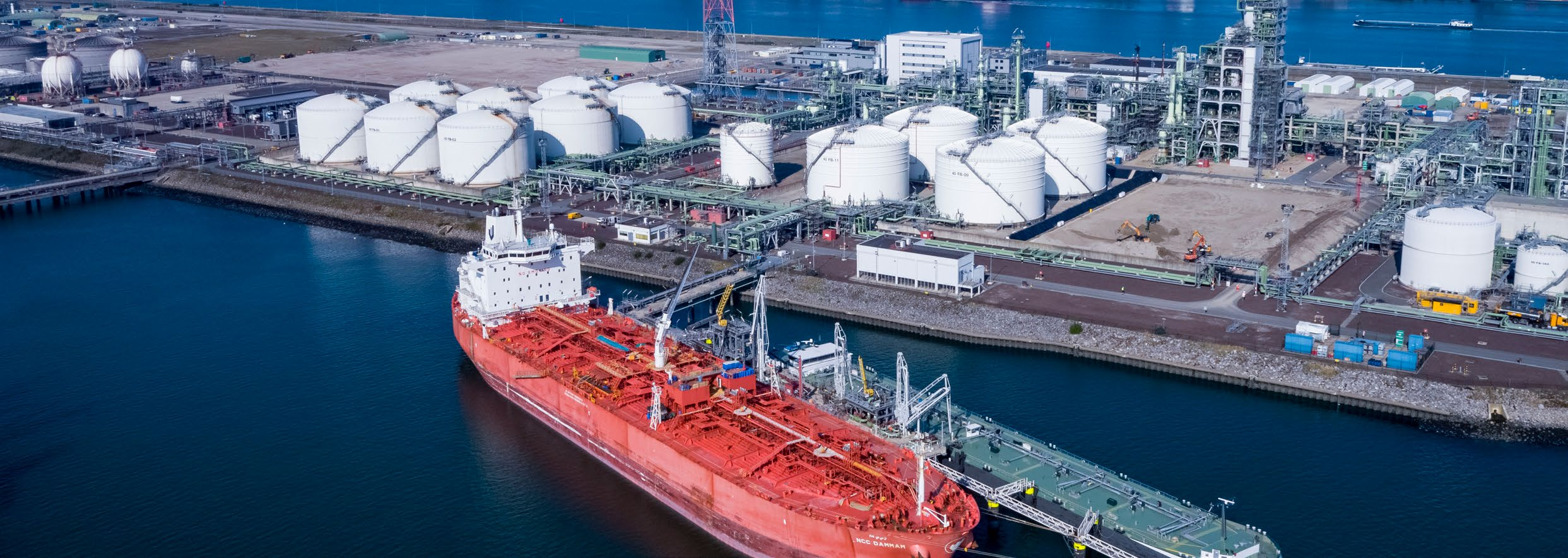The reliable performance of aviation fuel is essential to the safe operation of aircraft and is a matter of airworthiness requiring harmonised international practices. What is commonly referred to as “aviation turbine fuel”, is a highly specified technical material, characterised by many chemical and physical properties defined by technical specifications, such as the ASTM D1655 and DEF STAN 91-091
[3]
,
[4]
. These specifications are developed and maintained by ASTM International and United Kingdom Ministry of Defence (UK MOD) respectively, with support from stakeholder groups such as Original Equipment Manufacturers (OEMs), fuel producers, fuel suppliers, airline operators and regulatory bodies. These fuel standards list the requirements for Jet A/Jet A-1, which is aviation turbine fuel for use within gas turbine engines.
Qualified production pathways are listed in ASTM D7566
[5]
, which sets out the standard specification for “aviation turbine fuel containing synthesized hydrocarbons”, meaning fuels that are of non-conventional origin. Each type of production pathway is defined in terms of feedstock, conversion technology, fuel specification properties, and maximum blending fraction. After fulfilling blending requirements in ASTM D7566 Table 1 the fuel is redeclared and treated as a ASTM D1655 Jet A/Jet A-1 fuel.
As of October 2024, eight SAF production processes have been standardized by ASTM and consequently been adopted by other fuel standards
[5]
. In addition, three pathways for the co-processing of renewable feedstocks in petroleum refineries are qualified
[3]
with a feedstock blending limit of up to 24% (see
).
In order to be included in ASTM D7566, novel SAF production pathways need to go through a thorough qualification process specified in ASTM D4054
[6]
. This process includes the testing of fuel samples, ranging from small-scale laboratory tests with a limited amount of fuel to full rig- and engine-testing that requires thousands of litres. The resulting research reports are then reviewed and approved by the OEMs before being proposed as ballot for inclusion of a new Annex to ASTM D7566. This is both expensive and time-consuming for all involved stakeholders, which has led to the setup of several SAF Clearing Houses to support this process (
see textbox).
There is substantial work being done within fuel standard committees to increase the blending limits for both SAF and the co-processing of renewable feedstock in conventional refineries. For the latter, there are ambitions to increase the limit to 30% by 2025 as the existing infrastructure can be immediately deployed to increase the sustainable share in aviation fuels and support fulfilling the mandates without requiring major investments. The research work required to remove the blending limit and enable the use of 100% SAF is ongoing (see textbox).



